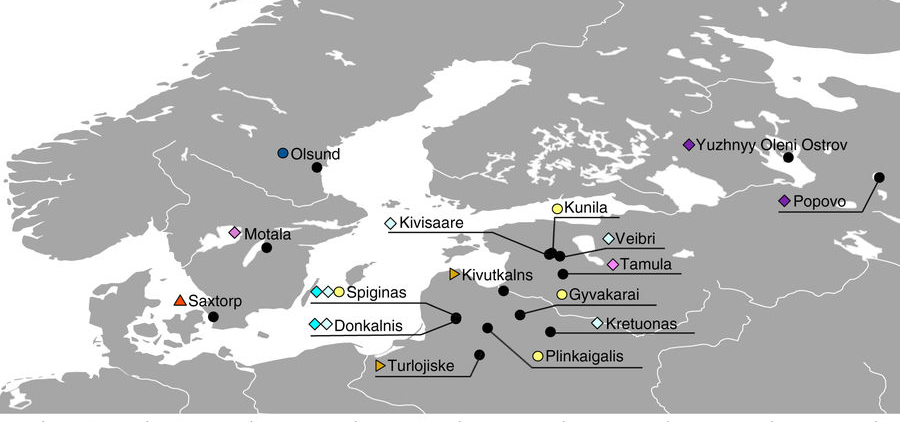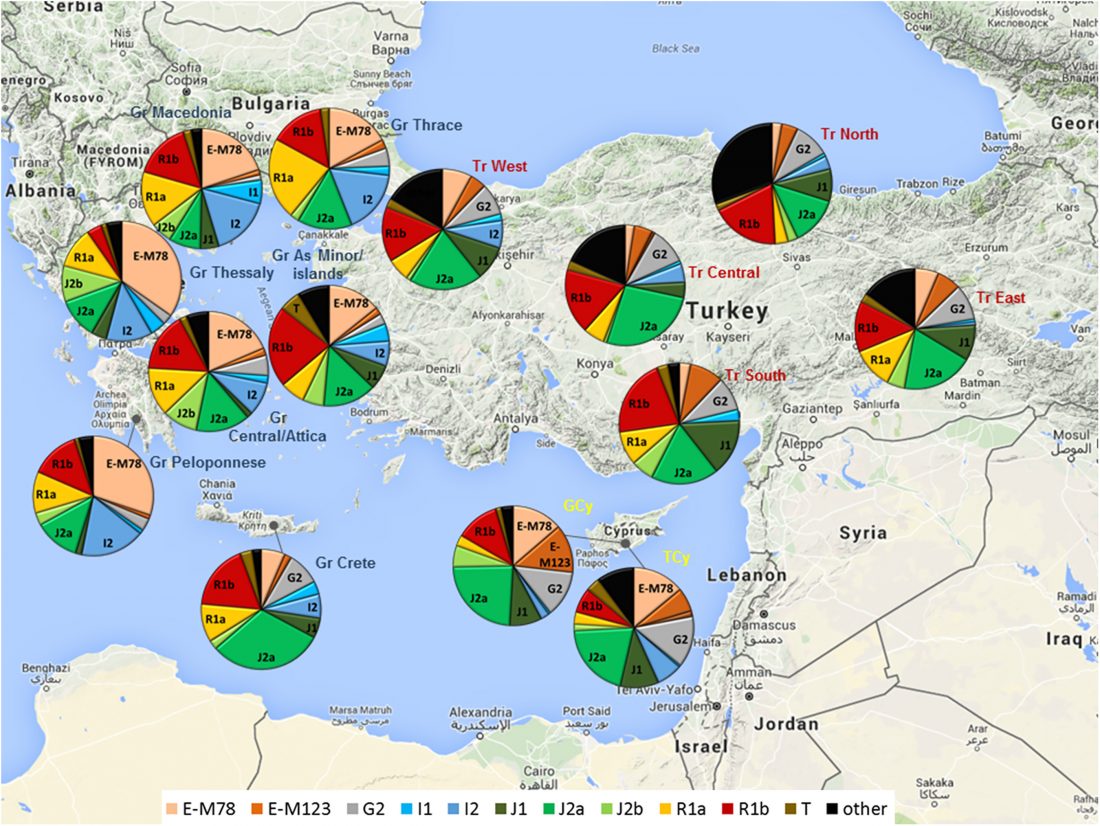Open Access The genetic prehistory of the Baltic Sea region, by Mittnik et al., Nature Communications 9: 442 (2018), based on preprint The Genetic History of Northern Europe, at BioRxirv.
As you can see, it follows my predictions in terms of haplogroups, and sadly the same trend to substitute ‘Yamna’ for ‘steppe’ while keeping linguistic interpretations unchanged…
Important excerpts for the Indo-European question (emphasis mine):
Mesolithic to Neolithic
… Read the rest “Genetic prehistory of the Baltic Sea region and Y-DNA: Corded Ware and R1a-Z645, Bronze Age and N1c”In the archaeological understanding, the transition from Mesolithic to Neolithic in the Eastern Baltic region does not coincide with a large-scale population turnover and a stark shift in economy


